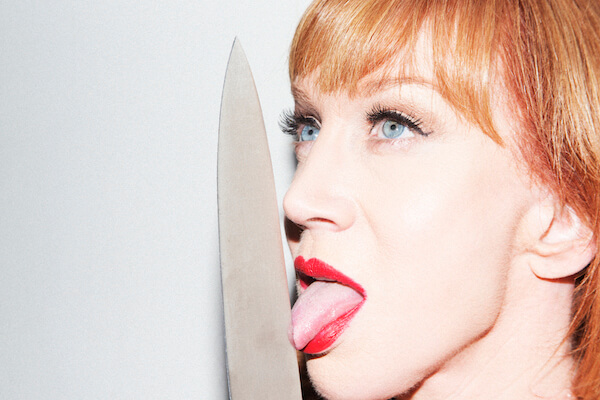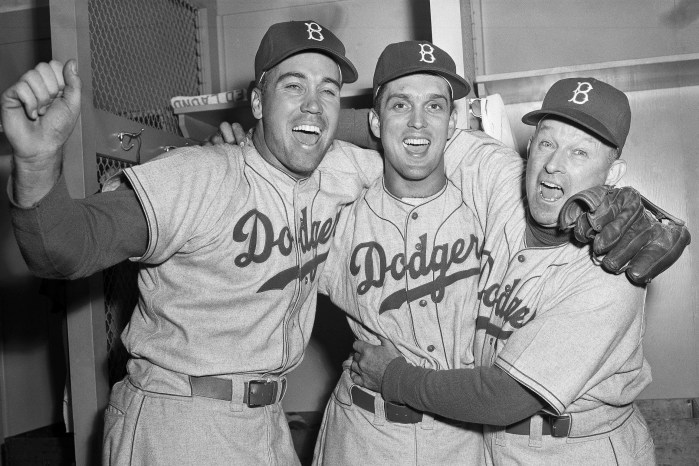Levi Miller and Storm Reid in Ava DuVernay’s “A Wrinkle in Time.” | WALT DISNEY STUDIOS
Moments in Ava DuVernay’s “A Wrinkle in Time,” adapted from Madeleine L’Engle’s classic 1962 children’s novel, are stunning, especially in their use of color. Yet in the end, this is the kind of film that feels the need to have a soundtrack featuring Sade literally serenading its heroine telling her she’s “the flower of the universe.” She can’t be just any other girl, even one who accomplishes amazing feats. She has to be a perfect role model for all the girls in the audience, especially young African Americans who don’t have a lot of friends and get called geeks.
When Meg (Storm Reid) reels off a list of her flaws, the disparity between how she views her life and how “A Wrinkle in Time” perceives her become glaring. It’s undoubtedly true that everyone sees themselves differently than others do and that being an African-American girl makes one’s struggle for self-esteem harder. But “A Wrinkle in Time”’s answer to these problems isn’t a more mature and positive assessment of Meg’s personality; it’s adding her to a list of the 20th century’s greatest heroes. DuVernay values Meg as an icon more than a character. But characters make better subjects for fiction.
As “A Wrinkle in Time” begins, Meg’s astrophysicist father (Chris Pine) has mysteriously disappeared. She is teased at school and does not fit in. Her mother (Gugu Mbatha-Raw) is heartbroken by her husband’s vanishing. Her younger brother Charles Wallace (Deric McCabe) takes Meg and her classmate Calvin (Levi Miller) to meet three eccentrically dressed and made-up angelic guides — Mrs. Which (Oprah Winfrey), Mrs. Whatsit (Reese Witherspoon), and Mrs. Who (Mindy Kaling) — who traveled down to Earth to help find her dad. Using a magical practice called “tessering” (whose effects gives the book and film their name), they travel to various worlds and learn about the vast degree of evil that’s captured Meg’s father, which she needs to combat.
“A Wrinkle in Time” opts for an icon rather than a relatable character
The film’s visual style is its strongest asset. DuVernay and cinematographer Tobias A. Schliessler’s sensibility is surprisingly hip and psychedelic. (A character quotes two lines from Outkast’s “Git Up, Git Out,” although the script then needs to inform the audience that they’re taken from that song.) I suspect DuVernay read Philip K. Dick and Ursula K. Le Guin as well as L’Engle and watched Gaspar Noé’s “Enter the Void,” avant-garde director Jordan Belson’s shorts, and the outer reaches of anime. On the most superficial level of eye candy, “A Wrinkle in Time” has a great deal going for it.
The color range of Schliessler’s cinematography is astonishing. Even the scenes where Meg and her brother are standing around in nature have clearly been digitally altered, but rather than looking like a video game backdrop, they’re seductive. “A Wrinkle in Time” says goodbye to naturalism almost as soon as it begins, and DuVernay proves more than up to the challenges that come with such extensive use of special effects. Many people have celebrated the fact that she’s the first female African-American director to get a budget as large as $103 million. All that money was put on the screen imaginatively, which is more than I can say for the vast majority of contemporary Hollywood genre films.
Perhaps it’s in the nature of fairy tales to be simplistic, but most of the last half of “A Wrinkle in Time” consists of Meg demonstrating, over and over, her superiority to the people around her. Placed in a landscape of phony façade houses, she recognizes its unreality. Ditto for “sandwiches” that resemble real food; her brother discovers they’re made of sand by biting into one. When offered the possibility of becoming a corrupt doppelgänger of herself, which is an “improvement” by white beauty standards, she refuses, while her brother gets temporarily possessed by an evil spirit.
L’Engle was a Christian who thought of her books as religious allegories in the spirit of C.S. Lewis’ “Narnia” series, also science fiction/ fantasy aimed at children. DuVernay’s film takes its spiritual overtones in a more general direction; as you can tell from the reference points I cited above, it seems to have roots in the late ‘60s/ early ‘70s counterculture, pushed toward Afro-futurism at best and the New Age at worst. The political text of DuVernay’s past two excellent films, “Selma” and the anti-prison racism documentary “13th,” is forced to become subtext here.
When she centered a film around Martin Luther King, DuVernay acknowledged that he cheated on his wife. Making a film in which a 12-year-old black girl saves the world is a large statement. But the plot is simplistic in the worst way I feared when I learned DuVernay was making a children’s film. “A Wrinkle in Time” would be much stronger if it recognized that a girl’s actions don’t need to be up there with Gandhi , Mandela, and Einstein to tame her demons and give her self-respect.
A WRINKLE IN TIME | Directed by Ava DuVernay | Disney | Opens Mar. 9 in wide release

































